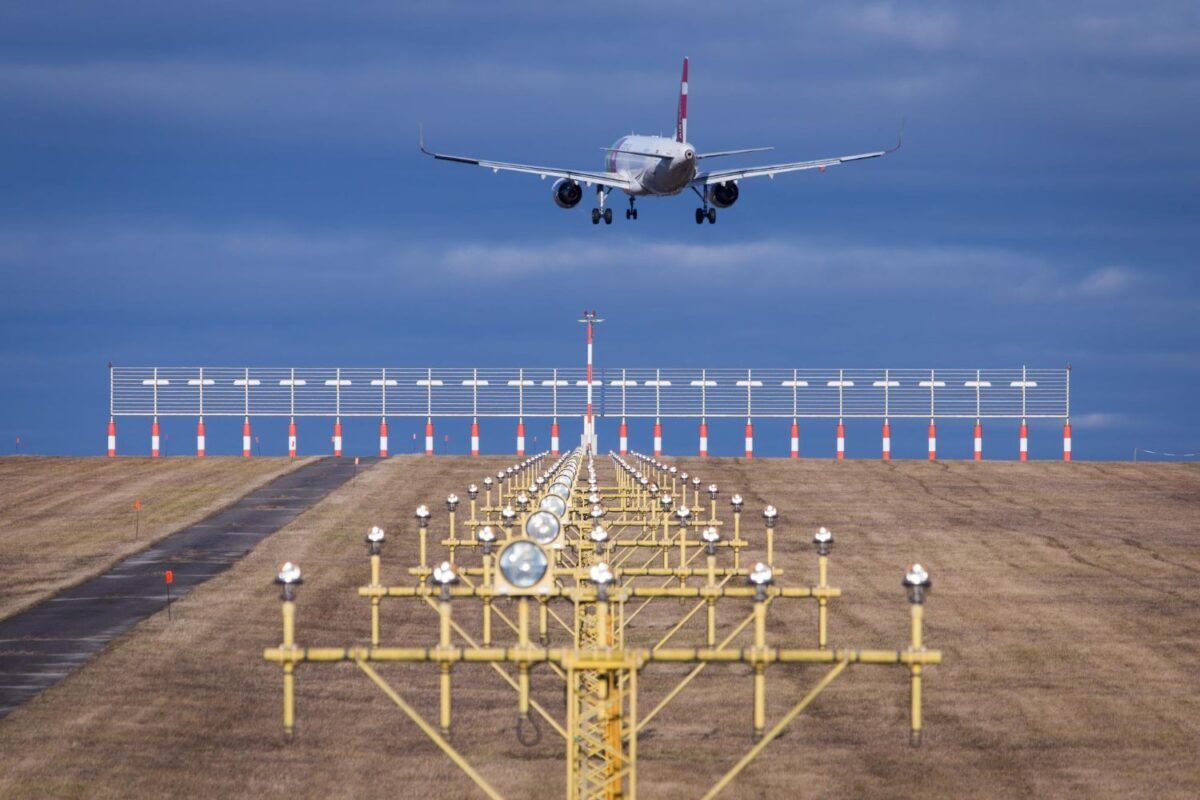Airports Council International (ACI) World reports that global passenger traffic grew by +4.9% in December 2019 compared to December 2018.
While the figure marked a positive end to 2019 after a challenging year for the air transport industry, it comes as the effects of the ongoing COVID-19 outbreak start to appear in traffic results in 2020.
Based on a preliminary sample of major commercial airports data tell us that airports experienced +3.4% growth in total passenger traffic, continuing a moderation trend compared to 2018’s +6.4%.
The freight industry’s preliminary end-of-year results stood at -2.5%, close to six percentage points below the +3.4% figure posted in 2018. While a slow recovery in freight volumes had begun in the last three months of the year, that uptrend will be affected by the ongoing global public health emergency.
“With ongoing trade wars and rising geopolitical tension in the Middle East, the global environment in 2019 was certainly challenging for air transport,” ACI World Director General Angela Gittens said.
“Though a recovery for the freight industry was starting to emerge in the later part of the year, we now face a health crisis that could stifle the uptrend and lead us into another volatile year in 2020.
“The developing situation may not be a momentary shock to the air transport industry; rather it has the potential to produce a significant shift in this year’s global economic growth trend.”
ACI collects and analyses data from a significant sample of airports that provide regular reports on month-by-month passenger and air freight statistics; this forms part of the world’s most comprehensive source for airport data.
Passenger traffic
The international and domestic passenger segments temporarily converged in December, with the domestic market posting a particularly strong +4.9% growth rate, equal to that of the international market. The international market remained the main driver of the industry for the full year, however, posting a preliminary +4.1% growth figure. The domestic market stood at +2.8% for the same period.
North America and Asia-Pacific both departed from the moderating trend of prior months in December, gaining +6.4% and +6.0% respectively on a year-over year basis, with the regions’ international and domestic segments both performing well. The two regional markets remained in line with the world average for full-year growth, at +3.4% and +3.0% respectively.
Europe’s performance was more tempered in December, gaining +2.8% on a year-over-year basis and ending the year at +3.2%. The region’s domestic market dragged down its monthly results, declining for the sixth consecutive month, at -1.8% in December and reaching -0.2% for 2019.
In emerging regional markets, Africa continued to perform particularly well. Its December growth rate reached +6.0%, close to its preliminary year-end figure of +6.7%. Both its domestic and international segments have been growing at a similar rate in 2019, ending the year with +6.8% and +6.5% respectively.
The Middle East gained +4.6% in December, bringing its year-end result to +3.3%. Latin America-Caribbean, its domestic market offsetting weak performance in its international segment, grew by +3.1% during the month, ending the year with +3.7% growth.
Freight volumes
December figures, on a year-over-year basis, were relatively encouraging for the freight industry. Domestic freight saw a surge of six percentage points during the month, reaching +4.5% on a year-over-year basis. The segment’s year-end results reached +1.3%. International freight remained in the negative during the month, posting a -2.1% decline. The year-end results for the segment stood at -4.1%.
Though Asia-Pacific posted a +1.4% gain in December, its preliminary year-end results remained quite far below other major markets, at -4.3%. Europe followed at +0.6% for the month, its end-of-year figure reaching -2.4%.
North America posted +0.2% in December and ended the year with -0.5%, supported by its strong domestic market. Though the region’s growth trend has been volatile in the last six months, it has remained the best -performing major market in 2019.
In emerging markets, December was a rather difficult month. The Middle East declined by -4.5% over December 2018, reaching -2.8% for the whole of 2019. Africa declined by -4.7%, bringing its year-end result to -0.2%. Latin America-Caribbean suffered a particularly strong downtick in December, at -5.5%, due to a weakening international market. The region’s year-end result stood at -3.5%.
“The month’s figures may be showing the calm before the storm,” Angela Gittens said. “Though forecasts on global economic growth in 2020 had originally predicted a recovery from 2019’s weaker performance, the sudden shock represented by the COVID-19 outbreak could stifle that recovery and prolong the period of downward pressure on the air freight industry.”









